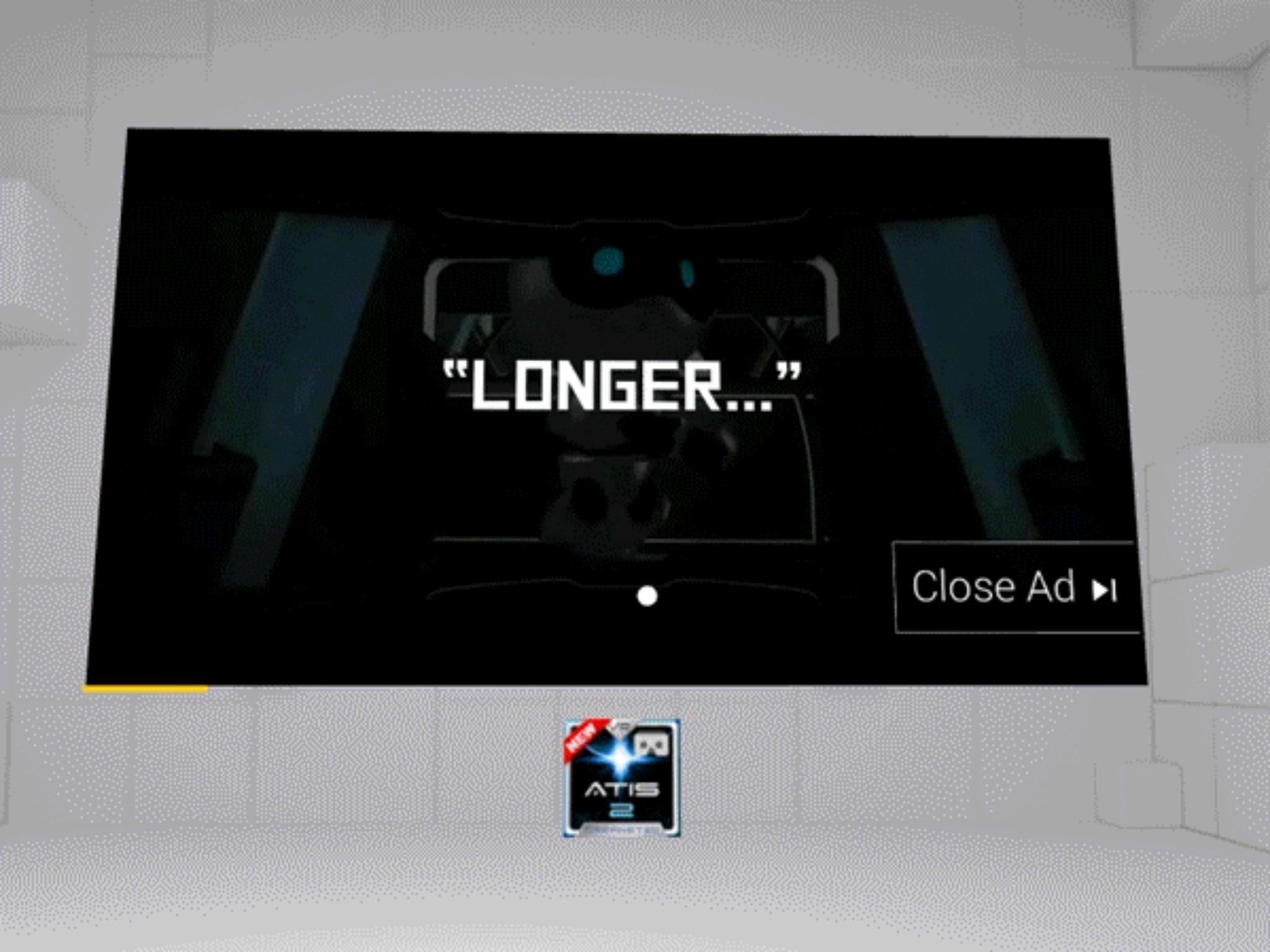Google experimenting with new virtual reality ads that react to users’ eyes
The company has built a cube that swivels to attract your attention

Your support helps us to tell the story
From reproductive rights to climate change to Big Tech, The Independent is on the ground when the story is developing. Whether it's investigating the financials of Elon Musk's pro-Trump PAC or producing our latest documentary, 'The A Word', which shines a light on the American women fighting for reproductive rights, we know how important it is to parse out the facts from the messaging.
At such a critical moment in US history, we need reporters on the ground. Your donation allows us to keep sending journalists to speak to both sides of the story.
The Independent is trusted by Americans across the entire political spectrum. And unlike many other quality news outlets, we choose not to lock Americans out of our reporting and analysis with paywalls. We believe quality journalism should be available to everyone, paid for by those who can afford it.
Your support makes all the difference.Google has started experimenting with new ad formats for virtual reality (VR).
The company, which makes the majority of its revenue from advertising, says it is doing so in order to help developers make money to fund their VR apps.
It’s revealed a cube format that reacts to your eyes, springing into life when you look at it.
In Google’s example demonstration, the ad cube appears as a 3D object inside an app, and tries to attract your attention by swivelling.
As soon as you look directly at it, it opens up a large window that automatically plays an advert.
Fortunately, you’ll be able to skip it – as you can on YouTube – by gazing at the ‘Close Ad’ key in the bottom right-hand corner of the player.
Doing so drags the video player back down into the cube, and brings up a call to action. In this case, a temporary pop-up prompting you to download an app.
“Developers and users have told us they want to avoid disruptive, hard-to-implement ad experiences in VR,” said Aayush Upadhyay and Neel Rao from Area 120, Google’s internal workshop for experimental ideas.
“Our work focuses on a few key principles – VR ad formats should be easy for developers to implement, native to VR, flexible enough to customize, and useful and non-intrusive for users.
“Our Area 120 team has seen some encouraging results with a few test partners, and would love to work with the developer community as this work evolves - across Cardboard (on Android and iOS), Daydream and Samsung Gear VR.”
Google says this is what a native, mobile VR ad format “might” look like, and there’s every chance the company is working on several other visions.
Virtual reality is attracting more and more mainstream interest, and the company will need to get its ad formats right if it’s to monetise content as effectively as possible.
Join our commenting forum
Join thought-provoking conversations, follow other Independent readers and see their replies
Comments